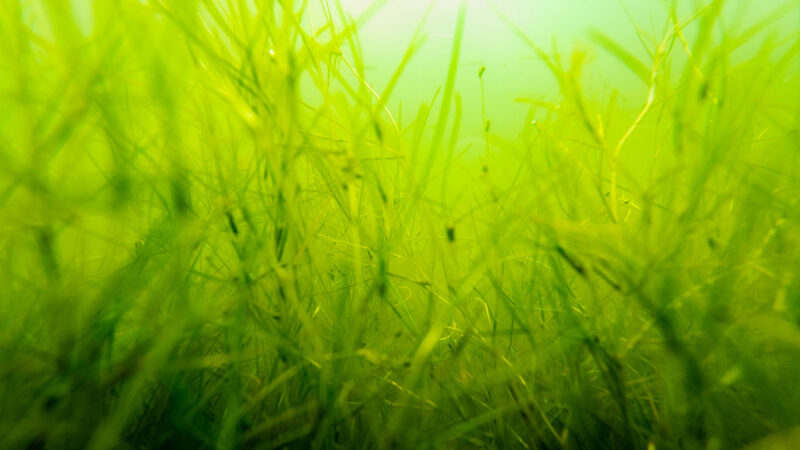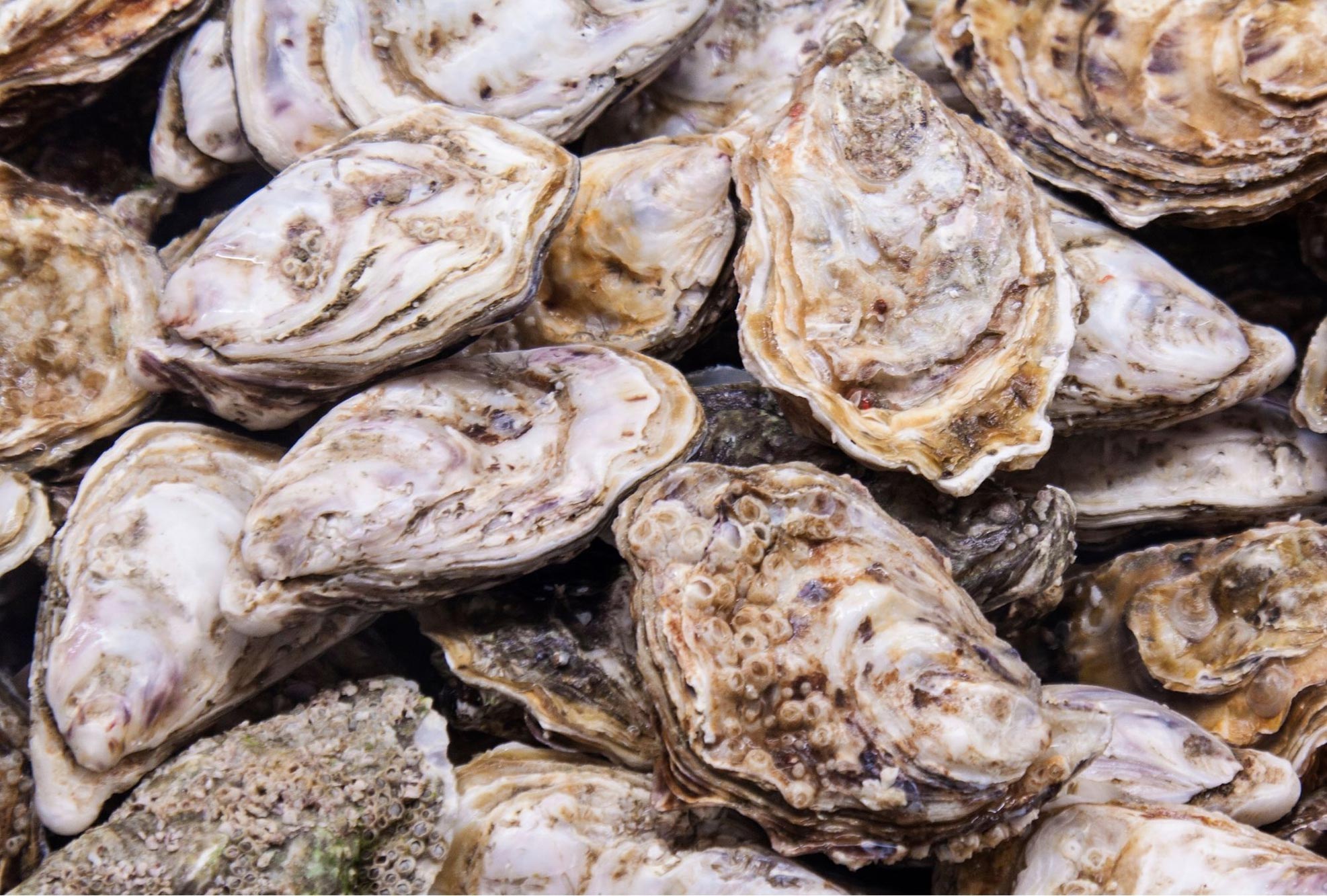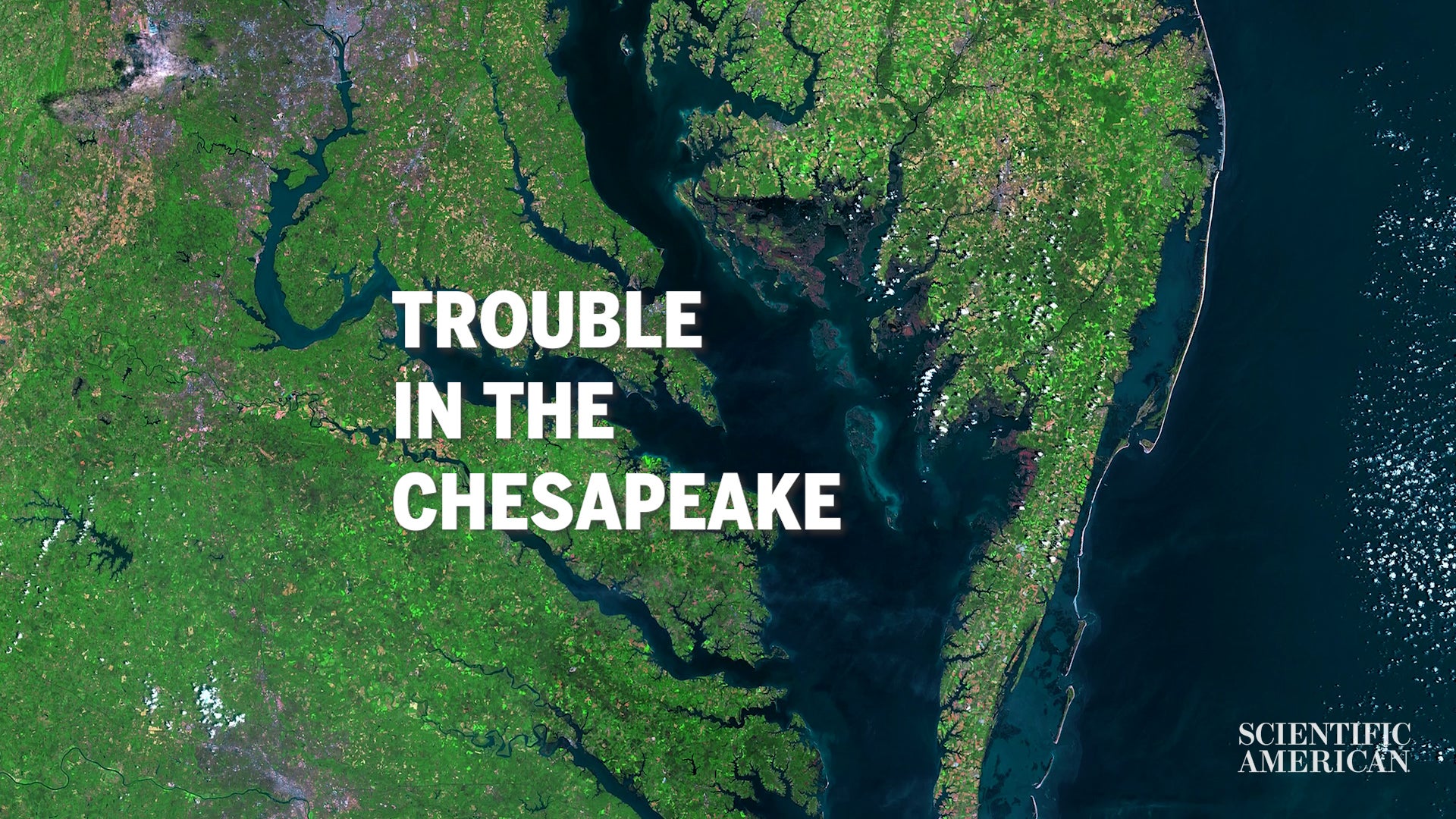
Chesapeake Bay
The Chesapeake Bay is the largest estuary in the United States. The Bay is located in the Mid-Atlantic region and is primarily separated from the Atlantic Ocean by the Delmarva Peninsula with its mouth of the Bay at the south end located between Cape Henry and Cape Charles. With its northern portion in Maryland and the southern part in Virginia, the Chesapeake Bay is a very important feature for the ecology and economy of those two states, as well as others surrounding within its watershed. More than 150 major rivers and streams flow into the Bay's 64,299-square-mile drainage basin, which covers parts of six states and all of District of Columbia. The Bay is approximately 200 miles long from its northern headwaters in the Susquehanna River to its outlet in the Atlantic Ocean. It is 2.8 miles wide at its narrowest and 30 miles at its widest. Total shoreline including tributaries is 11,684 miles, circumnavigating a surface area of 4,479 square miles.

